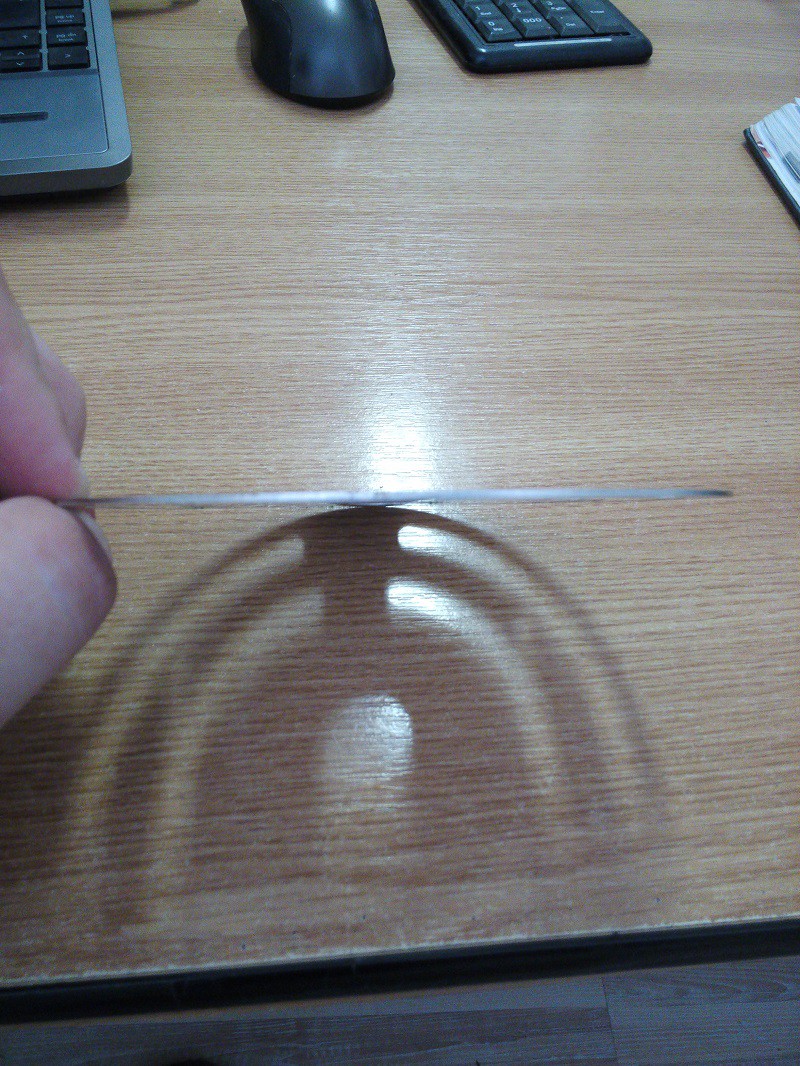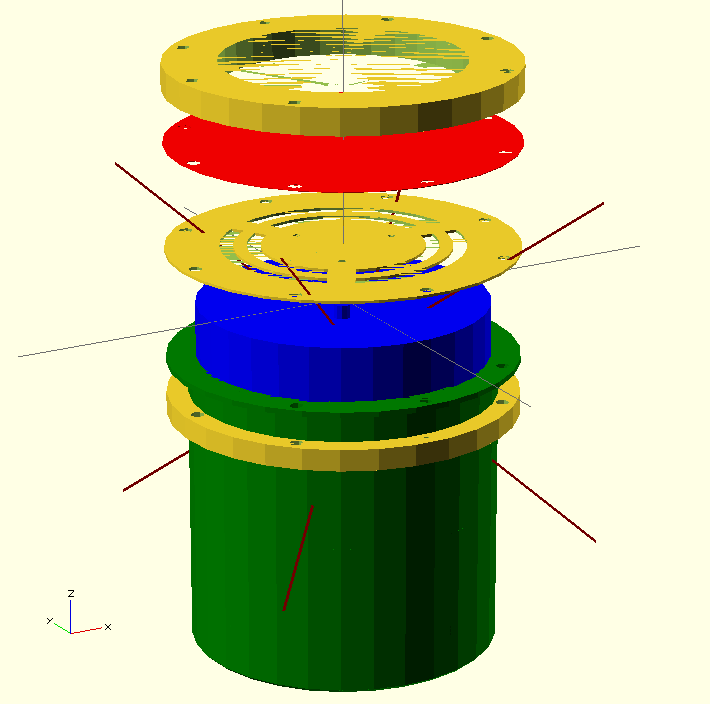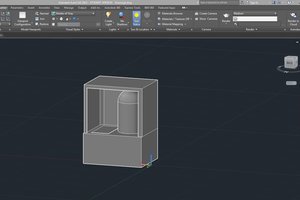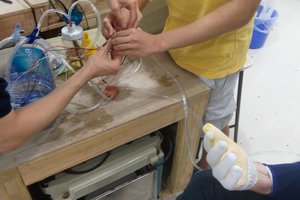In 1983, NASA published a little (410 pages, looks like on a type writer, god bless them) document called Stirling Engine Design Manual. This is actually a second edition, the first being done in 1980. Maybe there are later editions but I have not found them. It is on the internet (weird!). http://ntrs.nasa.gov/archive/nasa/casi.ntrs.nasa.gov/19830022057.pdf
The Harwell design gets a good mention in it as one the 'hot' technologies of the day. It more or less has no moving parts. With a CNC machine, we should be able to make almost everything... If we can make everything cheap enough it might be an alternative to solar panels (in sunny places)..
This one will be worked on when the LUKA EV project is quiet....So it might take a while !.
 MW Motors
MW Motors



 Brad Spry
Brad Spry
 finch
finch
 Alex Lungu
Alex Lungu